Once home to visionaries such as Vivienne Westwood and Alexander McQueen, London Fashion Week has been synonymous with theatricality and boundary-pushing designs. But increased operational costs and other disruptions in the wake of Brexit, along with diminishing global interest in the city’s designers, whose shows garner a fraction of the attention of those in other fashion capitals like Milan, Paris and even New York, has hampered the mood in recent years.
At the event’s kickoff, the British Fashion Council’s outgoing CEO Caroline Rush addressed some of those difficulties in a speech that concluded her 16-year tenure. “London Fashion Week is about making meaningful connections… and cementing (designers’) place on the global stage,” she said. “These are challenging times, but this community is resilient — and as someone who has been there for a little while, I can tell you from experience that creativity is heightened even further when businesses face adversity.”
By the next season of shows in September, Rush’s successor, Laura Weir, will be well into the role (she joins in April), marking a new chapter for the sector. “Creativity, innovation, breaking boundaries… that is our role in the fashion industry and one that we are incredibly proud of,” Rush said, adding that London is fueled by “high-octane creativity that you see nowhere else in the world.”

Caroline Rush addressed the challenges that London’s designers face at a network breakfast hosted by the British Fashion Council as her 16-year-tenure as CEO comes to a close.
Runway regulars
Despite the transitional period, London Fashion Week brimmed with unabridged talent and creativity — from cult names, like Paolo Carzana and Dilara Findikoglu, to the fledgling labels (Louther, Nuba and Olly Shinder) showing as part of talent incubator Fashion East. All of which, in the absence of bigger, heavy-hitting brands, had more space to shine.
Showgoers held out for a late show by Findikoglu, who returned after a season off, with a collection of body-hugging styles, including a black snakeskin corset worn by supermodel Lara Stone, who opened the show. The venue Electrowerkz — a sprawling warehouse known for its alternative club nights — was a fitting backdrop for Findikoglu’s darkly romantic and subversive designs, which have drawn equally bold fans such as Lady Gaga, Madonna and Doja Cat. Also among the highlights were a skin-colored leather dress covered in intricate scrawls by tattoo artist Jonah Slater, and pieces covered in seashells — a nod to the goddess Venus, who was born in the sea.

Supermodel Lara Stone walked the runway for Dilara Findikoglu wearing a black snakeskin corset dress.

Erdem collaborated with the visual artist Kaye Donachie, known for her evocative paintings, on delicate hand-drawn motifs.
Also with a late-night slot was Carzana, who drew about 120 people to his show in a cozy pub in Clerkenwell, a neighborhood popular with architects and other creatives. On a digital screen, the clothes can appear raggedy, as if intended to be worn by the cast of “Les Misérables,” but the Welsh designer’s slow fashion approach to hand-making, the use of vegetables, flowers and spice-based dyes, and the acute creativity in his construction, is what makes him a standout among his peers.
Popular mainstays, such as Roksanda, Simone Rocha and Erdem, stayed the course and presented collections that were unmistakably true to their brand identities. Inspired by the late British visual artist Phyllida Barlow, Roksanda leaned into odd color pairings, such as copper brown and Yves Klein blue, and vivid artistic prints. Art also typically plays a key role in Erdem’s collections: this time, the eponymous designer partnered with Kaye Donachie, a Scottish painter known for her figurative works, on appliques hand-drawn onto gauzy fabrics, which made the models look like walking watercolor paintings.

The furry rabbit accessories — some worn around models’ necks, others peeking out of bags — softened an otherwise tough collection of leather looks, Simone Rocha shared backstage.

English actress Bel Powley made a surprise appearance on the Simone Rocha runway. She’s pictured wearing a dress belted with a silver padlock, one of the recurring motifs in this collection.
Meanwhile, Simone Rocha turned to the childhood fable, “The Tortoise and the Hare,” as the starting point for her collection. Some famous faces, including model and television host Alexa Chung and actresses Fiona Shaw and Bel Powley, made a surprise appearance on the runway, some carrying rabbit or turtle-shaped accessories. Rocha’s signature darkly romantic pieces were complemented by a greater range of accessories, from the knitted neckerchief to the silver hardware (including belts, necklaces and earrings) that featured a padlock.
Britishness at the fore
It was the return of Cool Britannia at brand S.S. Daley, which presented reinvented wardrobe staples such as trench coats, rain jackets, duffle coats, bomber jackets and pea coats to a score of ‘80s post-punk British hits from The Smiths, Siouxsie and the Banshees, and the Pet Shop Boys. The outerwear — the kind you’d see on a drizzly day in London — were not quite weather-appropriate, ironically. Instead, the classic pieces were refashioned in lightweight blue-and-white printed chiffon, tufted felt and floral chintz.

Designer Steven Stokey-Daley took classic wardrobe staples, such as trench coats, bomber jackets and rain coats, and reinterpreted them in a modern way. Victor VIRGILE
The collection was inspired by Scottish Colourists, a prolific group of painters in the 1920s known for their vibrant and confident use of colors, resulting in artworks that were often “quite smudgy and fibrous,”, said S.S. Daley founder and designer Steven Stokey-Daley. Backstage, Stokey-Daley shared that he had especially been drawn to Francis Cadell, one of the Scottish Colourists, who “ventured out to find new color inspiration” — and so he replicated Cadell’s painting of Iona Croft, an island off the west coast of Scotland, on felted pieces.




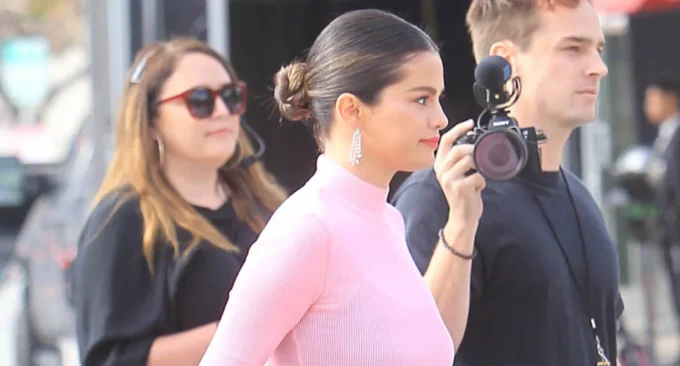
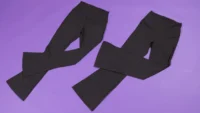
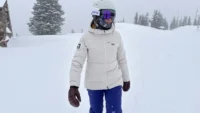
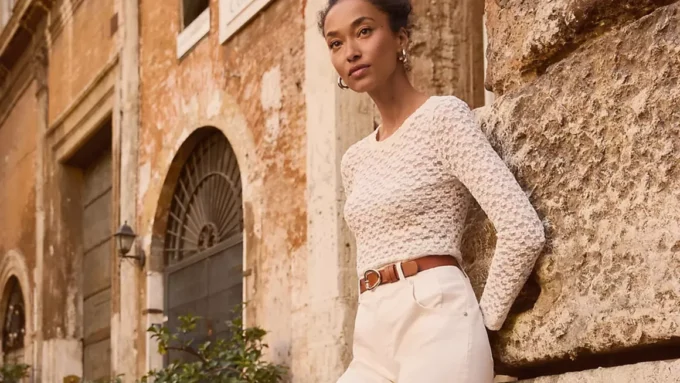
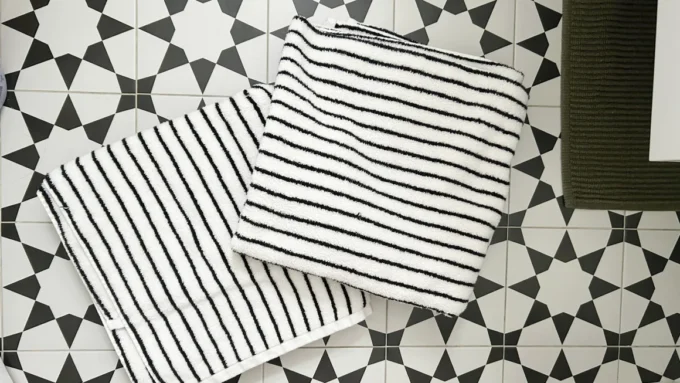
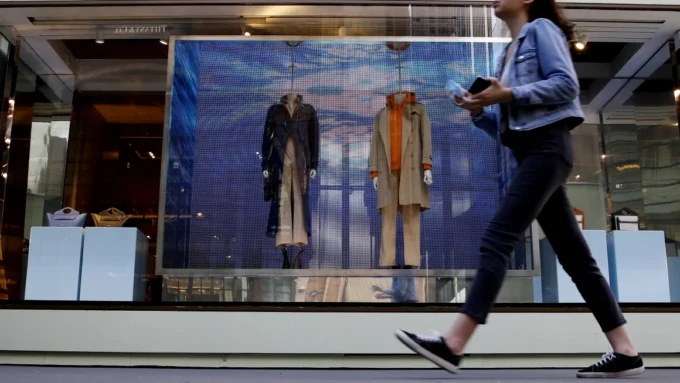

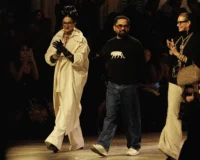

Leave a comment